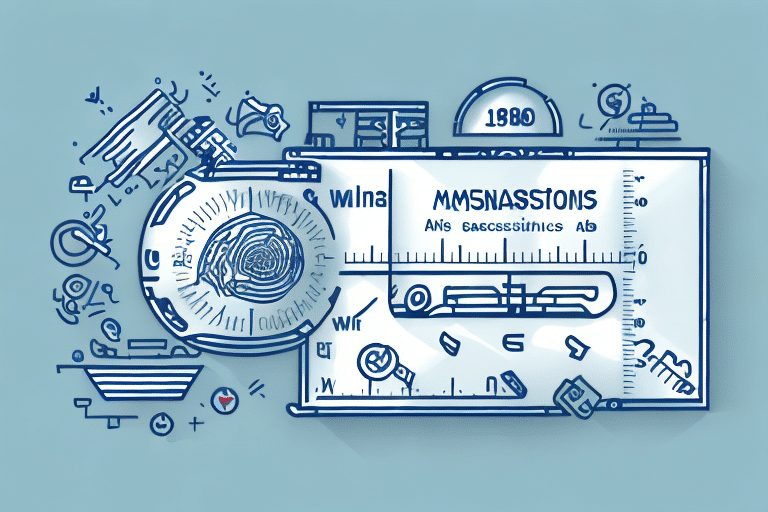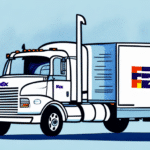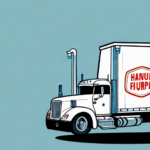Understanding UPS Additional Handling Fees
In the shipping industry, comprehending the specific requirements and associated charges is crucial for ensuring timely deliveries without unexpected costs. One such charge that many shippers might overlook is the UPS Additional Handling fee. This surcharge applies to packages exceeding a combined length and girth of 108 inches. This article delves into the intricacies of UPS Additional Handling, its significance, and strategies to avoid incurring these extra fees.
Why UPS Additional Handling Matters
UPS imposes Additional Handling fees on packages that surpass their maximum size thresholds, necessitating extra handling and processing. This fee compensates for the increased costs associated with transporting larger packages, which require more space on delivery vehicles, additional manpower, and specialized equipment. As a result, shipping costs can escalate significantly, sometimes by hundreds or thousands of dollars, underscoring the importance of adhering to UPS size requirements.
- Cost Implications: Additional Handling fees can quickly inflate shipping expenses, impacting both businesses and individual shippers.
- Operational Efficiency: Larger packages may require special handling processes, potentially delaying deliveries.
- Proper Packaging: Ensuring packages are well-packaged and within size limits can prevent unnecessary fees.
For more detailed information on UPS handling fees, refer to the UPS Handling Fees Guide.
The Impact of Package Size on Shipping Costs
Package dimensions play a pivotal role in determining shipping costs. Larger packages occupy more space on transportation vehicles, require more resources to handle, and complicate logistics operations. UPS accounts for these factors by implementing fees such as Additional Handling, Large Package, and Oversize fees, which vary based on the package's size and weight.
Cost Factors Associated with Larger Packages
- Transportation Space: Larger packages take up more space on trucks and planes, leading to higher transportation costs.
- Handling Requirements: Bigger packages often need special handling equipment or additional staff, increasing operational expenses.
- Logistical Complexity: Managing oversized packages can complicate routing and delivery schedules, potentially delaying shipments.
According to a Statista report, shipping costs can increase by up to 50% for packages that exceed standard size limits.
Accurate Measurement and Weight Calculation
Properly measuring and weighing packages is essential to comply with UPS requirements and avoid additional fees. The length is measured along the longest side, while the width and height are measured at the widest points perpendicular to the length. The girth is calculated by adding the width and height and multiplying by two. The total of length plus girth must not exceed 108 inches for standard handling.
Steps to Accurately Measure Your Packages
- Lay the package on a flat surface.
- Measure the length from end to end.
- Measure the width and height at the widest points.
- Calculate the girth: (Width + Height) x 2.
- Ensure the total of length plus girth does not exceed 108 inches.
Utilize a reliable scale to obtain an accurate weight measurement, as discrepancies can lead to additional fees or shipment delays. For more guidance on measuring packages, visit the UPS Packaging Guide.
Differentiating Between Large and Oversized Packages
UPS categorizes packages based on their size to determine applicable fees:
- Large Packages: Packages exceeding 96 inches in length plus girth but not surpassing 108 inches.
- Oversized Packages: Packages exceeding 108 inches in length plus girth, incurring higher handling fees.
Both categories attract surcharges and necessitate special handling. Proper labeling with accurate dimensions and weight is crucial to avoid delays and additional charges.
Strategies to Avoid Additional Handling Fees
Preventing Additional Handling fees involves meticulous planning and packaging:
Optimize Package Size
- Use the smallest suitable box to minimize dimensions.
- Avoid unnecessary protrusions by securely packaging items.
Select Appropriate Packaging Materials
- Choose lightweight yet sturdy materials to reduce weight without compromising protection.
- Implement cushioning materials like bubble wrap or packing peanuts to safeguard contents.
Leverage UPS Packaging Services
UPS offers a range of packaging solutions designed to meet their size and weight requirements. Utilizing these services can help ensure compliance and reduce the likelihood of additional fees.
For more tips on avoiding shipping fees, consult the UPS Packaging Best Practices.
Best Packaging Practices
Effective packaging is paramount in preventing additional handling fees and ensuring the safe delivery of packages:
- Use Sturdy Boxes: Opt for double-walled boxes for added strength.
- Secure Contents: Ensure items are tightly packed to prevent movement during transit.
- Proper Sealing: Use strong packing tape to seal all openings securely.
- Accurate Labeling: Clearly display the shipping address, weight, and dimensions.
Adhering to these practices not only avoids extra fees but also minimizes the risk of damage during shipping. For more detailed guidelines, refer to the UPS Packing Guide.
Consequences of Misrepresenting Package Size and Weight
Providing inaccurate information about a package's size or weight can lead to several adverse outcomes:
- Additional Fees: Discrepancies can result in unexpected surcharges.
- Delivery Delays: Packages may be rerouted or held for reprocessing.
- Shipment Refusal: In extreme cases, UPS may refuse to ship the package.
UPS employs advanced dimensional weight calculations to verify package information. Ensuring accurate measurements and weight is essential to avoid these potential penalties.
Conclusion: Ensuring Successful Delivery of Large Packages with UPS
Successfully shipping large packages with UPS requires a clear understanding of their size and weight regulations, precise measurement and packaging, and adherence to best practices. By implementing the strategies outlined in this guide, shippers can avoid Additional Handling fees, ensure timely deliveries, and maintain cost-effective shipping operations. Partnering with UPS and leveraging their resources can further streamline the shipping process, ensuring packages reach their destinations safely and efficiently.






















